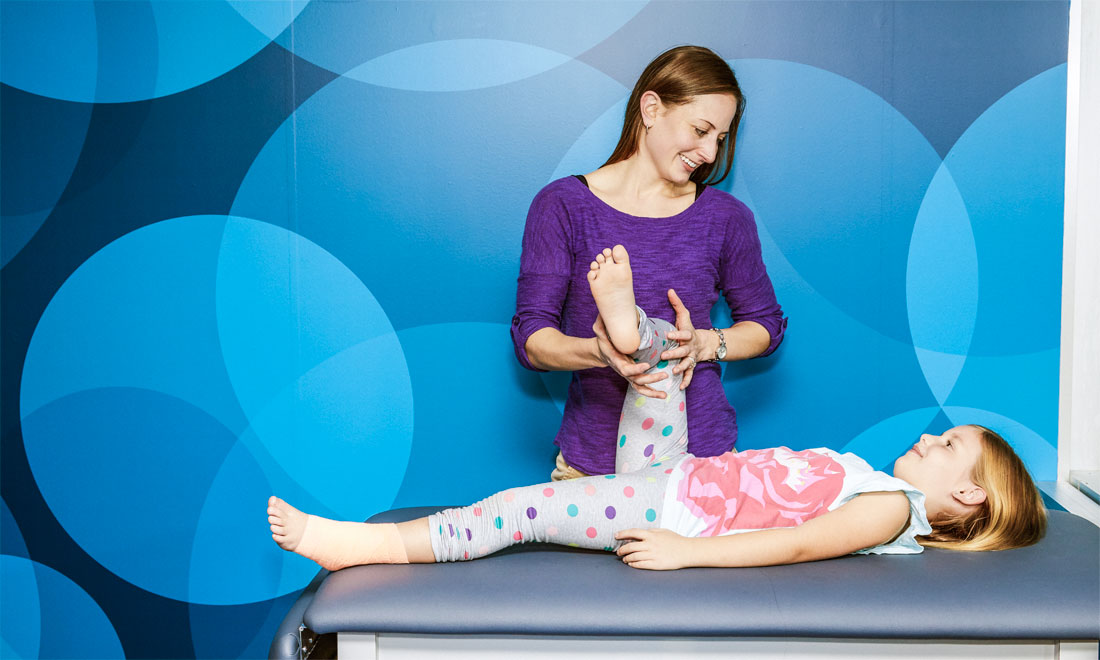Exploring the Diverse Methods of Physical Rehabilitation for Enhanced Recovery and Restoration
Exploring the Diverse Methods of Physical Rehabilitation for Enhanced Recovery and Restoration
Blog Article
Physical therapy is an essential discipline that assists people recover from traumas, surgeries, and various medical issues. It entails a range of methods aimed to improve mobility, alleviate pain, and enhance general physical capability. Physiotherapy practitioners are trained experts who evaluate each client’s requirements and develop personalized treatment strategies. These plans often consist of workouts, manual treatment, and instruction about body mechanics. By using these diverse approaches, physical can substantially improve a person’s quality of life.
One frequent technique used in physiotherapy is rehabilitative activity. This includes specific movements and activities that assist build muscles, enhance flexibility, and increase stamina. For example, a client rehabilitating from knee operation may perform exercises that concentrate on rebuilding power in the lower limb muscles. These activities are meticulously selected based on the patient’s condition and goals. By gradually increasing the intensity and challenges of the exercises, physical practitioners can assist clients recover their power and movement over a period.
Another important technique is manual therapy, which comprises physical methods to adjust the human body soft muscles and joints. This can entail stretching, joint movement, and manipulation. Manual therapy aims to alleviate pain, minimize inflammation, and enhance circulation. For example, a therapist may use gentle pressure to relieve stress in stiff muscle groups or to assist a joint function more freely. This method is often combined with other therapies to improve rehabilitation and encourage recovery. Patients often consider manual treatment to be a relaxing and beneficial way to manage their discomfort.
In addition to exercises and hands-on therapy, instruction plays a vital part in physical. Therapists instruct patients about their issues and how to manage them effectively. This may include advice on proper alignment, body movements, and techniques to avoid subsequent injuries. For example, a practitioner might show a client how to lift weighty objects properly to prevent straining their spine. By empowering patients with knowledge, physiotherapy therapists help them assume an active part in their recovery and promote sustained wellness and well-being.
Ultimately, technology is increasingly being integrated into physiotherapy practices. Devices such as ultrasound, electrotherapy stimulation, and virtual reality can improve conventional therapy methods. These tools can assist reduce discomfort, promote healing, and offer interactive ways for patients to participate in their rehabilitation. For instance, virtual environments can create immersive settings for patients to rehearse movements in a safe plus protected setting. As advancements continues to evolve, it offers exciting opportunities for enhancing recovery results in physical.
In summary, physiotherapy encompasses a range of techniques that function in unison to support rehabilitation and healing. Through rehabilitative activities, manual treatment, client instruction, and the application of technological tools, physiotherapy practitioners offer holistic care customized to each patient’s requirements. This holistic approach not only assists patients recover their more bodily capabilities but also empowers them to sustain their health in the long future. As more people recognize the benefits of physiotherapy, it continues to serve a vital part in the pathway toward enhanced health and well-being.